1. The Coming Out on Ellen
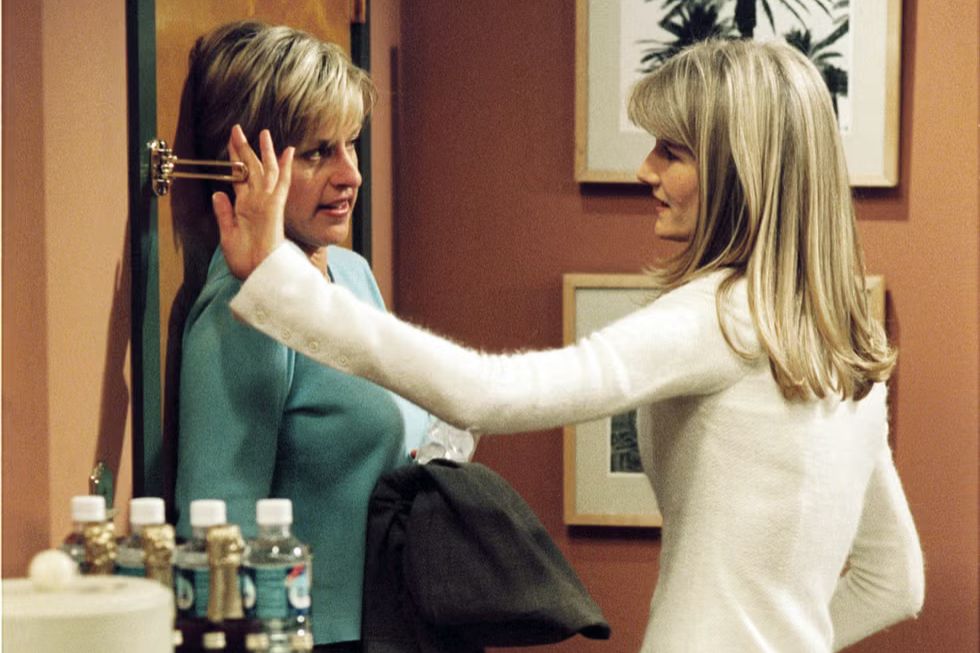
Television has always been a mirror of our society, and sometimes that reflection sparks intense debate and division. These episodes pushed the boundaries of what was acceptable for broadcast, generating national headlines, widespread protests, and sometimes even bans.
The 1997 episode “The Puppy Episode” of the sitcom Ellen became a cultural landmark when its lead character, Ellen Morgan, came out as a lesbian. This was one of the first times a lead character on a network primetime show came out, and the anticipation was immense. The episode drew massive ratings but also immediate, intense backlash. Advertisers pulled out, and ABC placed a parental advisory warning before every episode following the broadcast. The controversy surrounding the episode ultimately led to the show’s cancellation the following year, illustrating the risk involved in challenging established norms regarding LGBTQ+ representation on broadcast television.
2. Lucy’s Pregnancy on I Love Lucy

In 1952, the episode “Lucy Is Enceinte” caused a stir simply by announcing that the lead character, Lucy Ricardo, was pregnant. At the time, discussing or showing pregnancy on television was considered indecent by network censors. The word “pregnant” was strictly forbidden, forcing the writers to use the French term “enceinte” or the euphemism “spectin'” (short for expecting) instead. Despite the extreme caution in language, the mere fact that a pregnant woman was a main character on a prime-time sitcom and that the show was incorporating the star Lucille Ball’s real-life pregnancy was enough to raise eyebrows and challenge the era’s strict moral code for broadcast media.
3. Maude’s Choice in Maude’s Dilemma

The 1972 two-part episode “Maude’s Dilemma” on the sitcom Maude addressed the highly sensitive topic of abortion, shortly after the Supreme Court’s Roe v. Wade decision. When the 47-year-old Maude Findlay unexpectedly finds herself pregnant, she ultimately decides to have an abortion. This decision was revolutionary for television at the time, leading to significant backlash from religious and conservative groups. Stations refused to air the episode, sponsors pulled their advertisements, and the network received tens of thousands of letters. The controversy proved that addressing real-world political and social issues, even within a comedic format, was an instant way to divide the American viewing public.
4. The Flag Burning on Seinfeld
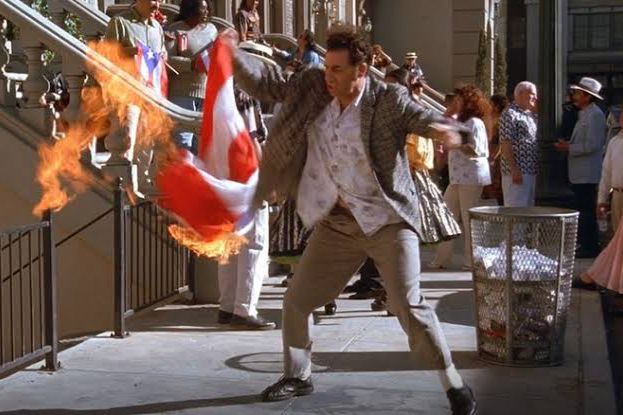
The 1998 episode “The Puerto Rican Day” proved to be a rare moment of widespread public offense for the famously irreverent comedy, Seinfeld. The controversy centered on a scene where Cosmo Kramer accidentally sets a Puerto Rican flag on fire during a parade and then stomps on it to put out the flames. This perceived disrespect to the flag and the parade prompted outrage, particularly within the Puerto Rican community. Advocacy groups protested outside NBC headquarters, and the network ultimately issued an apology and temporarily pulled the episode from syndication. It remains one of the few Seinfeld episodes that the creators acknowledged caused genuine, lasting offense.
5. The Interracial Kiss on Star Trek

The 1968 episode “Plato’s Stepchildren” featured the first televised scripted interracial kiss on American television, between Captain Kirk (William Shatner) and Lt. Uhura (Nichelle Nichols). This was a monumental moment for civil rights, but in the segregated era of the late 1960s, it ignited immediate controversy. Southern affiliate stations threatened not to air the episode, and NBC was so concerned about the backlash that they insisted on filming a version where the kiss was not shown. Shatner and Nichols, however, intentionally messed up the take of the non-kiss version, ensuring only the groundbreaking scene remained usable. The network ultimately aired the episode with the kiss, marking a major, albeit forced, step toward on-screen equality.
6. The Prophet Depictions on South Park

The two-part South Park episodes “200” and “201,” which aired in 2010, caused an international uproar and are among the most heavily censored television episodes in history. The plot revolved around a recurring joke concerning the depiction of the Muslim prophet Muhammad. After the broadcast of “200,” the creators received credible death threats from an extremist Islamic organization due to the possibility of showing the prophet. Comedy Central responded by heavily censoring “201” before it aired, obscuring the image of Muhammad with a black box and bleeping out all dialogue that mentioned his name or discussed the censorship controversy itself. This act of network self-censorship sparked a fierce debate about freedom of speech and the dangers of bowing to extremist threats.
7. The Wedding Scandal on Friends
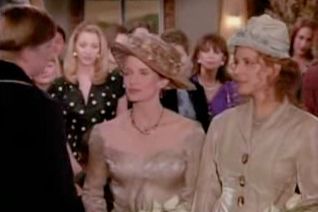
The 1996 episode “The One with the Lesbian Wedding” of the global hit sitcom Friends faced significant pushback before it even aired. The episode focused on the wedding of Ross Geller’s ex-wife, Carol, and her partner, Susan. While today the scene would likely be unremarkable, a wedding between two women was a radical concept for mainstream network television at the time. Several NBC affiliates, most notably a station in Texas, refused to air the episode, citing it as offensive to family values. Despite the controversy and the station boycotts, the episode was a major ratings success, signaling a shift in audience tolerance and acceptance of same-sex relationships on television.
8. The Infanticide Plot on The X-Files

The 1996 episode “Home” from the sci-fi drama The X-Files remains the only episode in the show’s original run to be slapped with a TV-MA rating and pulled from all future network reruns. The episode was a graphic horror story about a severely inbred, isolated family, the Peacocks, who commit incest and infanticide. It opens with the visceral, off-screen birth and burial of a deformed baby, immediately shocking viewers with its dark subject matter and naturalistic horror, which departed from the show’s usual supernatural themes. The overwhelming visceral reaction from viewers was so strong that the Fox network deemed the episode too disturbing for repeat broadcasts for three years, a virtually unprecedented move for a hit series.
9. The Rape Attempt on All in the Family

In a rare deviation from its comedy format, the 1977 two-part episode “Edith’s 50th Birthday” of All in the Family tackled the difficult subject of attempted rape. While alone, the beloved matriarch, Edith Bunker, is confronted by a man posing as a detective who attempts to sexually assault her. The scenes were played for terrifying drama, not laughs, marking the first time such an assault was explicitly portrayed on a popular American sitcom. The episode was critically lauded for its sensitive but frank handling of the topic and the depiction of the victim’s emotional aftermath, but it was controversial for breaking the sitcom mold to address a serious, painful reality that many felt was unsuitable for prime-time viewing.
10. Lois’s Choice on Family Guy
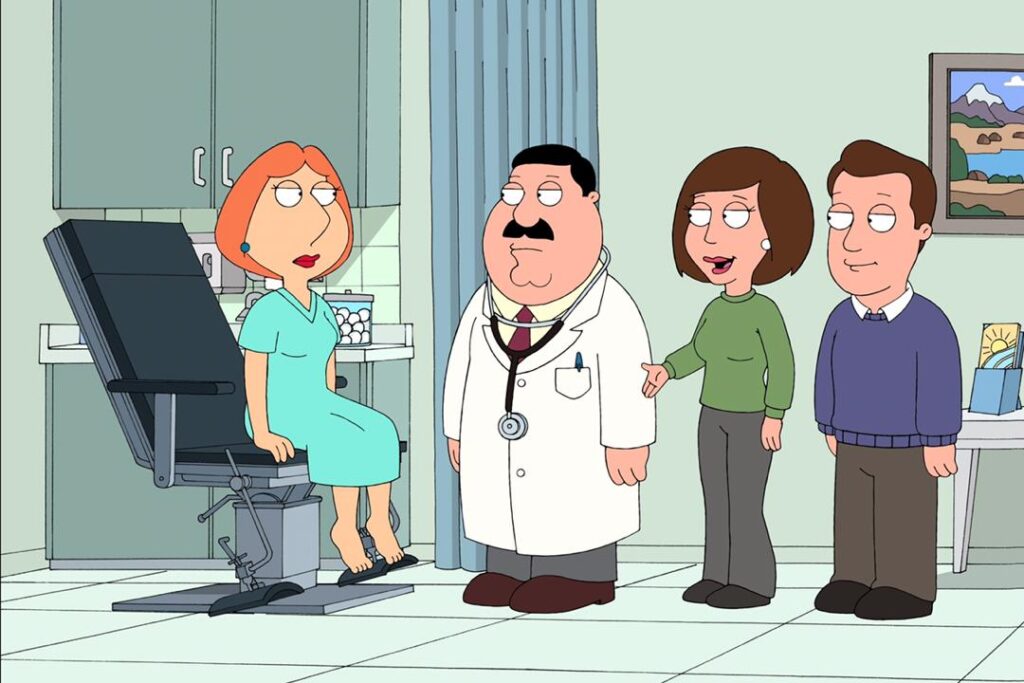
The 2009 Family Guy episode “Partial Terms of Endearment” was produced but never aired in the United States due to its controversial subject matter: abortion. The storyline follows Lois Griffin as she becomes a surrogate mother for a couple who are then killed in an accident. Lois ultimately decides to get an abortion. Fox executives deemed the episode’s comedic treatment of such a volatile political issue too sensitive for broadcast, especially given Lois’s final decision. The episode was eventually released directly on DVD and aired in some international markets, becoming a symbol of the creative boundaries network television places on sensitive social and political commentary.
11. The Seizure-Inducing Colors on Pokémon

The December 1997 Pokémon episode “Electric Soldier Porygon” caused a national health scare in Japan when it was discovered that a specific sequence of flashing lights triggered photosensitive epileptic seizures in hundreds of children. The sequence occurred during a climactic scene where Pikachu uses a powerful electric attack, resulting in rapid bursts of flashing red and blue lights. Over 600 viewers, mostly children, were hospitalized with symptoms ranging from blurred vision to convulsions. The incident, known as “Pokémon Shock,” led to the episode being immediately banned worldwide and resulted in a national pause and reevaluation of animation standards in Japan regarding flashing colors and light frequency to prevent future occurrences.
12. Adult Themes in a Kids’ Cartoon on Tiny Toon Adventures

The animated segment “One Beer” from the 1990 Tiny Toon Adventures episode “Elephant Issues” was widely banned after its initial broadcast for its uncharacteristically dark and adult content. The segment showed lead characters Buster Bunny, Plucky Duck, and Hamton J. Pig getting drunk after finding a beer bottle, stealing a police car, and then driving it off a cliff, ostensibly dying in a fiery crash. Although the ending revealed they were simply acting in a “very special episode” parody, the blatant depiction of underage drinking, theft, and deadly consequences was deemed far too explicit and inappropriate for the show’s young target audience, leading to its permanent removal from syndication and home video.
13. The Nuclear War Scare on Mister Rogers’ Neighborhood
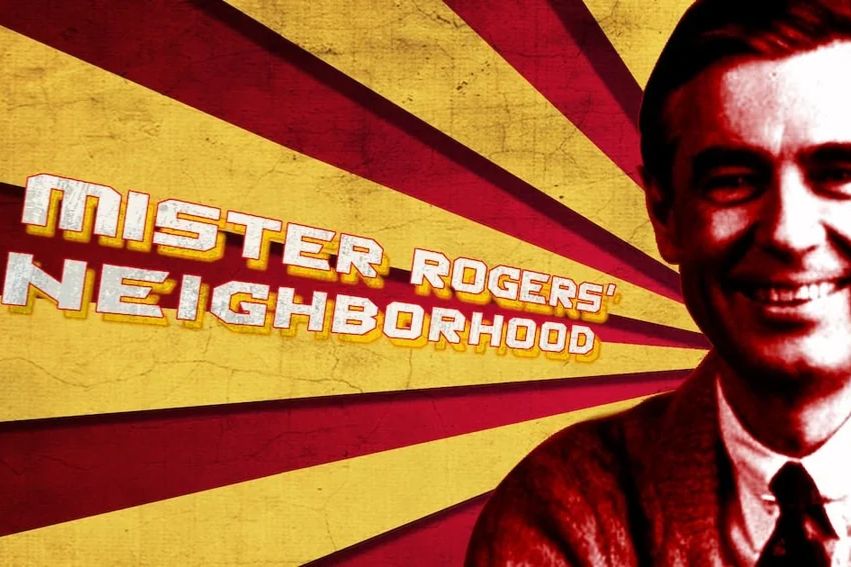
Even the gentle children’s program Mister Rogers’ Neighborhood faced controversy when it aired a five-episode arc titled “Conflict” in 1983. In the Neighborhood of Make-Believe, King Friday XIII becomes paranoid about his neighbors building “things” and stockpiles his own arsenal, a clear allegory for the Cold War’s arms race and nuclear threat. While Fred Rogers intended to help children process real-world fears about war by presenting them in a safe, relatable context, many parents and stations felt the topic of nuclear conflict was too frightening and overwhelming for preschoolers. The arc was ultimately pulled from the regular syndication lineup, becoming one of the most famously “lost” episodes of the series.
14. Prime-Time Nudity on NYPD Blue

The pilot and subsequent early episodes of the 1993 drama NYPD Blue generated massive controversy for their realistic language, gritty violence, and occasional nudity, which was groundbreaking and inflammatory for network television at the time. In the 2003 episode “Nude Awakening,” a scene showed a detective’s naked backside for several seconds. This particular instance led to the Federal Communications Commission (FCC) levying a fine of $1.24 million against 44 ABC affiliates that broadcast the episode, citing indecency. While the fine was eventually overturned on appeal, the intense regulatory scrutiny highlighted the rigid moral standards network television was still expected to uphold, even in the late hours.
15. Brazilian Outrage at The Simpsons

The 2002 Simpsons episode “Blame It on Lisa” generated controversy not from US viewers, but from the country it satirized: Brazil. The episode depicts the Simpsons traveling to Rio de Janeiro to find Lisa’s missing orphan pen pal. Throughout their journey, the city is shown to be rife with crime, poverty, and giant rats, and the characters are kidnapped, mugged, and stereotyped. Rio’s tourism board, Riotur, was so incensed by the negative and inaccurate portrayal of their city that they threatened to sue Fox for potentially damaging the city’s image and tourism industry. The show’s producer eventually issued a tongue-in-cheek apology for the offense caused.
16. Sansa’s Wedding Night on Game of Thrones

The 2015 Game of Thrones episode “Unbowed, Unbent, Unbroken” generated widespread fan outrage and intense critical debate for its decision to depict the sexual assault of Sansa Stark by her new husband, the sadistic Ramsay Bolton. Unlike the novels, which treated Sansa’s character with different plot points, the showrunners inserted this scene for shock value and as a plot device to motivate another character, Theon Greyjoy. Critics and viewers accused the show of relying on sexual violence against women as a cheap narrative tool, arguing that it undermined Sansa’s own character growth and needlessly tortured a beloved figure simply for dramatic effect. The controversy was significant enough that the showrunners promised to tone down such content in future seasons.
17. The Male Assault on Outlander
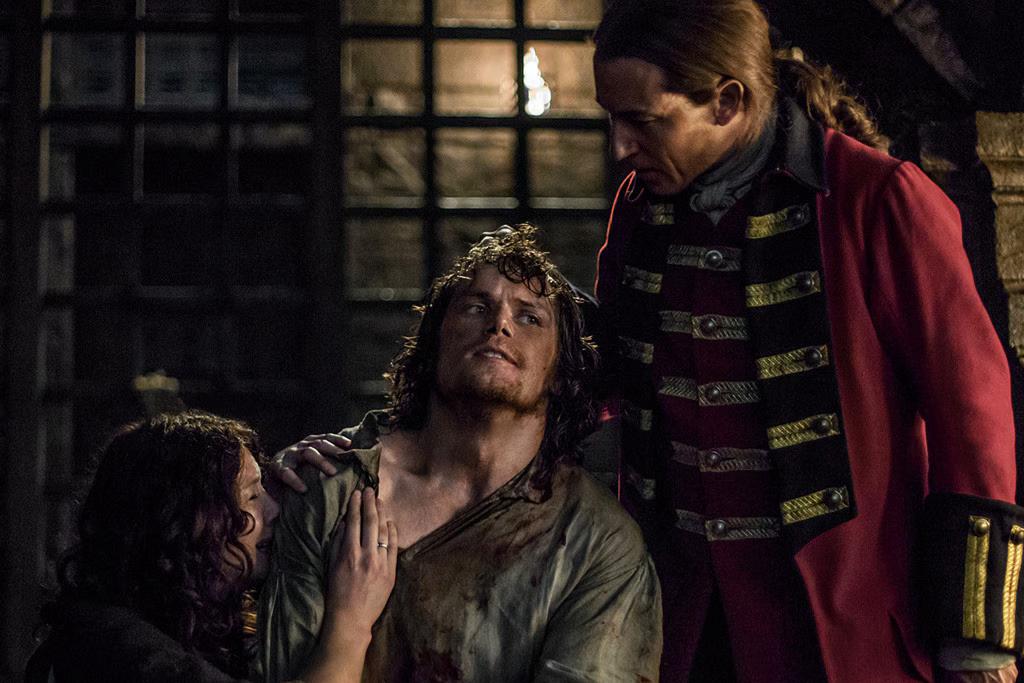
The first season finale of the historical drama Outlander, “To Ransom a Man’s Soul” (2015), sparked controversy for its graphic and extended depiction of the sexual assault and torture of main character Jamie Fraser by his villainous adversary, Black Jack Randall. While the show had depicted violence before, this was a rare televised instance focusing on the brutalization of a male protagonist, which was essential to the character’s subsequent psychological arc. Critics debated the necessity of the graphic nature of the scenes, even though they were rooted in the source novel. The episode received praise for its eventual focus on the trauma and healing process of the male victim, a topic seldom explored on television with such unflinching depth.
18. The Attempted Assault on Buffy the Vampire Slayer

The 2002 Buffy the Vampire Slayer episode “Seeing Red” caused a major rift among fans when the vampire Spike, who was in an abusive sexual relationship with Buffy, attempts to rape her in her home. The confrontation, which ends with Buffy successfully fighting him off, was intended to serve as a traumatic low point that would spur Spike’s decision to pursue a soul, thus redeeming his character. However, many viewers felt the attempted assault was a disturbing and unnecessary narrative leap that betrayed the character of the show, which often empowered its female characters. The backlash from fans who felt betrayed by the violence led the actor who played Spike to later describe the scene as the worst day of his professional life.
19. The Uncomfortable Kiss on That ’70s Show

The 1998 episode “Eric’s Other First Kiss” of That ’70s Show caused a stir with network censors over a scene where Eric Forman accidentally kisses Fez after a theatrical performance. Though the moment was played for comedy, Fox executives were nervous about showing a same-sex kiss on a major network sitcom, regardless of its accidental nature, for fear of angering conservative audiences. While the kiss was ultimately broadcast, the production team reportedly struggled to get the scene approved, illustrating the heightened sensitivity and lingering discomfort surrounding LGBTQ+ representation, even in a fleeting comedic context in the late 1990s.
20. The Lost Lesson on Sesame Street
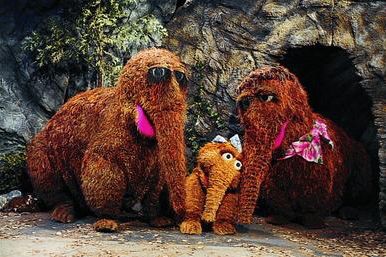
In 1992, the beloved children’s program Sesame Street produced the episode “Snuffy’s Parents Get a Divorce,” intended to help children cope with parental separation. However, after test screenings with young viewers, the episode was immediately pulled and never aired. Researchers found that children were confused by the storyline, mistakenly concluding that a parental argument always leads to divorce, that divorced parents stop loving their children, or that the child was somehow at fault. Fearing the episode caused more anxiety than comfort, the Children’s Television Workshop made the difficult decision to archive the episode and avoid the topic for years, underscoring the enormous responsibility a children’s show carries.
Television, at its heart, is a medium of connection, and these episodes demonstrate that sometimes the deepest connections are forged in controversy. They challenged our notions of what a TV show, whether a sitcom, a drama, or a children’s program, should or shouldn’t show us, ultimately pushing open the door for more honest and complex storytelling today.
Like this story? Add your thoughts in the comments, thank you.
This story The Most Controversial TV Episodes Ever Aired was first published on Daily FETCH


